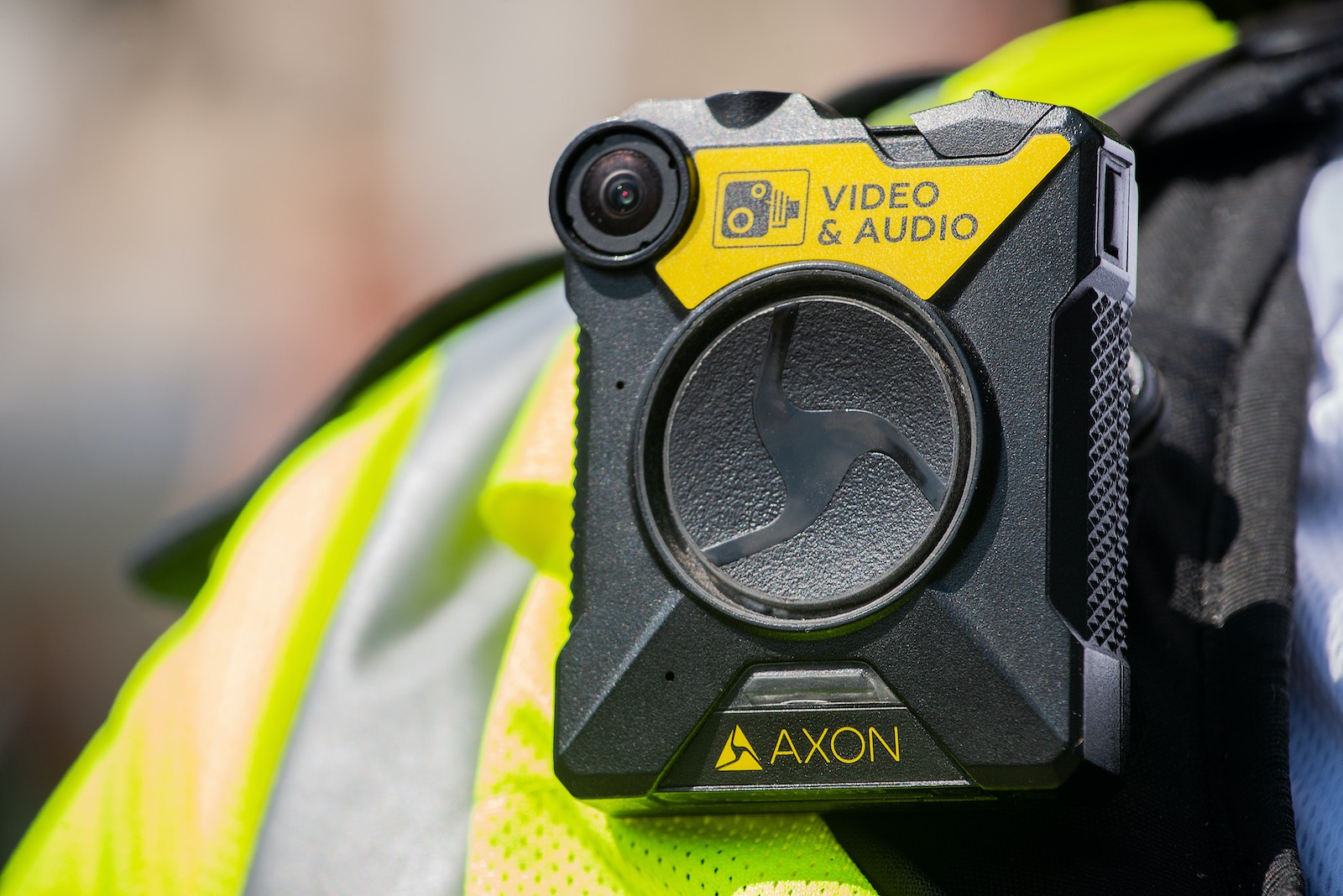The use of body worn cameras has been an ongoing topic of discussion in global law enforcement since at least the mid-2000's. Whilst adoption of the technology has been mixed since then, in this article we examine the market potential and evidence for and against their use.
The introduction of body worn cameras is intended to build trust between law enforcement and the public through providing recorded evidence on how both the police and public conducted themselves when being cautioned or arrested. The cameras should prove the behavior of both parties in these incidences and play an important role in improving the relationship between them.
In the USA, the proposed Justice in Policing Act of 2020 will make it compulsory for "federal uniformed police officers to have body-worn cameras". This, we understand, would require state and local law enforcement to use existing federal funds to ensure the use of police body cameras.
Memoori’s world report The Physical Security Business 2019 to 2024 shows that the population of Body Worn Cameras in 2019 reach nearly 1.5 million including all applications and the benefits are now understood and accepted by both the public and police forces in the USA and Europe. This application of video surveillance technology is now likely to become a vertical in its own right.
In particular the most often quoted benefit is that there has been a large drop in complaints about the police officers behavior and incidents of officers using unnecessary force.
A study by Cambridge University revealed that police equipped with body-worn cameras received 87% fewer complaints by the public. Police Department of Rialto, California, reported a 59% reduction in incidents where force was used by police officers.
The Metropolitan Police Service (MPS) in London is believed to have contracted one of the largest rollout of body-worn cameras by police to enhance their service. They announced in October 2016, that they would start a large-scale deployment of Body Worn Video (BWV) to over 22,000 Met frontline officers. This followed on from a trial across 10 London boroughs as part of an £815,000 project.

Axon (formerly Taser) supplied the cameras and management software whilst Microsoft Azure provided the cloud storage. Axon focuses on revenue from subscriptions. Over the ensuing months cameras have been issued to all 32 boroughs and a number of frontline specialist roles, including overt firearms officers. It would appear that they have increased the rate of usage and fully comply with their much-publicized initiative to eventually have every front line officer equipped with a body-worn camera.
Recently, Axis Communications (a leader in network video cameras) announced its first body worn camera solution designed for use by law enforcement and private security. The solution has been designed on an open system architecture, which will allow for integration with a range of video management systems (VMS) and evidence management systems (EMS), enhancing existing software investments.
Not all studies have produced positive findings on the impact of body worn cameras. A report from 2017, found that "Washington D.C. police officers wearing body cameras reported using force about as often as colleagues who didn't have them, and citizen complaints against the two groups were about even."
There are also ongoing concerns about privacy and whether body worn cameras should be equipped with facial recognition technology, especially in light of the IBM, Amazon and Microsoft announcements that they will stop (or temporarily halt) selling facial recognition to law enforcement in the US.
In general, it seems the technology offers greater transparency for those in front of the camera as well as behind it. It should reassure citizens that during their interactions with the police, professionalism will be maintained at all times.
Follow to get the Latest News & Analysis about the Competition in your Inbox!



